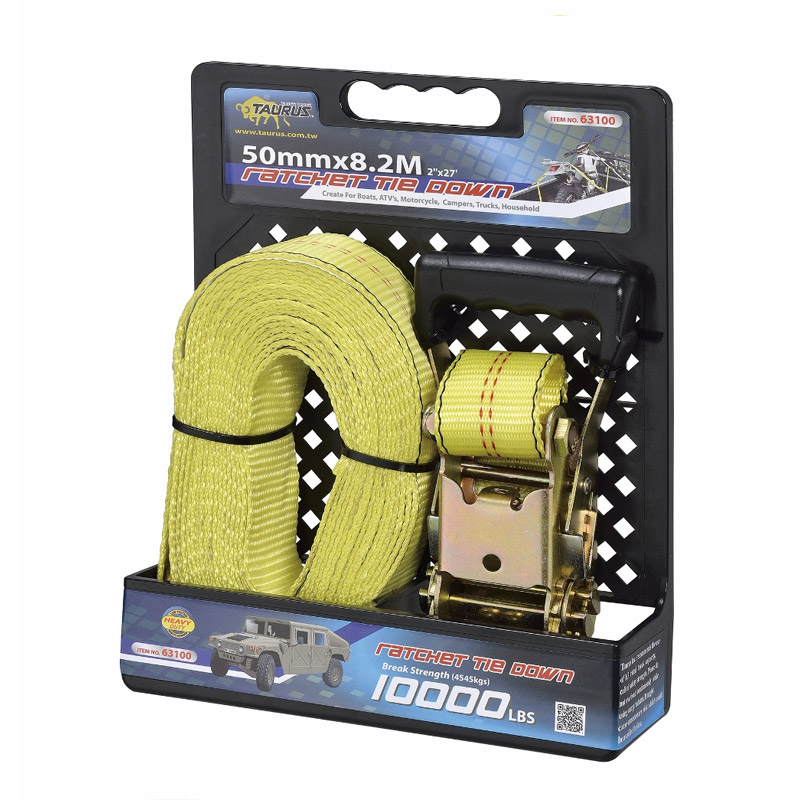High-Quality Hex Washer Head Lag Screws for Reliable Construction and Long-lasting Performance
The Versatility of Hex Washer Head Lag Screws
Hex washer head lag screws are essential fasteners widely used in construction, woodworking, and metalworking industries. Their unique design offers several advantages that make them a popular choice for heavy-duty applications, where strength and reliability are paramount. In this article, we will explore what hex washer head lag screws are, their benefits, applications, and some tips for proper usage.
Understanding Hex Washer Head Lag Screws
A hex washer head lag screw combines two crucial elements the hexagonal head and the washer. The hex head allows for easy installation with a standard wrench or socket, providing ample torque and reducing the risk of stripping. Meanwhile, the attached washer helps distribute the load evenly across the surface being fastened, reducing the potential for damage, particularly in softer materials.
Lag screws are typically made from high-strength materials such as steel and are often coated to resist corrosion. This makes them ideal for both indoor and outdoor use, where exposure to the elements could lead to early failure of lesser-quality fasteners.
Benefits of Hex Washer Head Lag Screws
1. Strength and Durability Hex washer head lag screws are designed to withstand heavy loads, making them suitable for applications where traditional screws might fail. Their robust construction ensures longevity in even the most demanding environments.
2. Load Distribution The washer incorporated into the design helps to spread the load applied to the screw, minimizing the risk of damage to the substrate material. This feature is particularly beneficial when fastening into wood, where the integrity of the surface is paramount.
3. Ease of Installation The hex head design allows for increased torque application, enabling users to quickly and securely fasten materials together. This makes hex washer head lag screws a favorite among construction workers and DIY enthusiasts.
4. Corrosion Resistance Many hex washer head lag screws are plated with zinc or coated with other anti-corrosive materials. This feature extends their lifespan, especially in outdoor environments where moisture can lead to rust and degradation.
hex washer head lag screw

Applications
Hex washer head lag screws are versatile fasteners used across various sectors. In construction, they are often employed in framing, deck building, and fastening heavy structural elements together. Woodworkers appreciate their reliability when joining lumber and creating sturdy furniture pieces.
Additionally, these screws are valuable in metalworking, where they can join metal to wood or be used in concrete applications when paired with the right anchors. Their ability to work effectively in various materials makes them a cartographic tool for builders and craftsmen alike.
Tips for Proper Usage
1. Choose the Right Size Ensure you select the appropriate size and length of the lag screw based on your project requirements. A screw that is too short may not provide adequate holding power, while an overly long screw can damage the material.
2. Pre-drill Holes For hardwoods or thick materials, pre-drilling holes can prevent splitting and make installation easier. This step also ensures a tighter fit and better overall stability.
3. Use a Socket or Wrench To avoid stripping the head, it’s advisable to use a socket or wrench rather than a power drill. This will provide better control and leverage during installation.
4. Check for Compatibility When using lag screws for metal applications, ensure that the type of metal and fastener material is compatible to avoid premature wear or failure.
In conclusion, hex washer head lag screws are indispensable fasteners known for their strength, durability, and versatility. Whether you are constructing a building, creating a piece of furniture, or working on a DIY project, these screws provide the reliability needed to ensure long-lasting results. Their unique features make them an excellent choice in various applications, highlighting the importance of quality fasteners in any structural endeavor.
-
Weatherproof Plastic Expansion Anchors for OutdoorNewsJun.06,2025
-
Sustainability in the Supply Chain: Eco-Friendly TEK Screws ProductionNewsJun.06,2025
-
Load-Bearing Capacity of External Insulation FixingsNewsJun.06,2025
-
Double Head Bolts: Enhancing Efficiency in Industrial MachineryNewsJun.06,2025
-
Corrosion Resistance in Chipboard Screws: Coatings for Wholesale DurabilityNewsJun.06,2025
-
Butterfly Toggle Bolts : Enhancing Structural ResilienceNewsJun.06,2025
